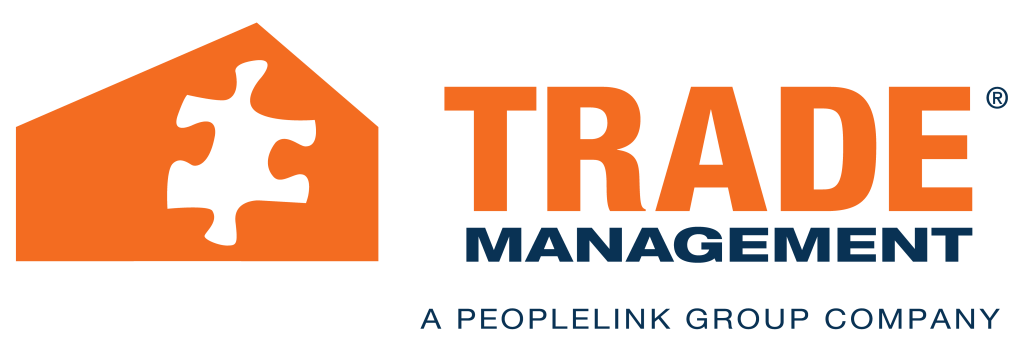The skilled trades industry is the backbone of our economy, yet it faces a growing challenge: a shortage of qualified workers. With an aging workforce and fewer young people entering the trades, it is crucial to develop effective recruitment strategies and apprenticeship programs to bridge the gap. Let’s explore the anatomy of the labor shortage and how to build the skilled trades workforce of tomorrow.
The Growing Demand for Skilled Tradespeople
Industries such as construction, manufacturing, and energy rely heavily on skilled trades professionals, but as experienced workers retire, there are not enough new recruits to fill the vacancies. According to the U.S. Bureau of Labor Statistics, millions of trade jobs remain unfilled each year, highlighting the urgent need to attract and train the next generation. This shortage leads to project delays, lost jobs, and small business owners declining work.
Why Young Workers Are Not Choosing the Trades
Despite competitive salaries, job stability, and opportunities for advancement, many young people overlook careers in the trades due to outdated perceptions. Traditional education often emphasizes four-year degrees over vocational training, leaving many unaware of the benefits of pursuing a skilled trade career. This is where apprenticeship programs and early exposure initiatives play a vital role.
Apprenticeship Programs: A Proven Solution
Apprenticeships offer a structured path for individuals to gain firsthand experience while earning a paycheck. These programs combine classroom instruction with on-the-job training, allowing participants to develop specialized skills under the guidance of seasoned professionals. Companies that invest in apprenticeships benefit from a steady pipeline of trained workers, reduced turnover rates, and increased productivity.
Key Benefits of Apprenticeship Programs
- Earn While You Learn – Apprentices are paid while gaining valuable skills.
- Career Advancement – Many apprentices secure full-time positions with excellent growth potential.
- Industry Certifications – Participants earn credentials that enhance their employability.
- Employer Incentives – Businesses can take advantage of government funding and tax credits for training apprentices.
Developing Interest in Trades: Early Exposure and Education
Encouraging young people to explore the trades starts with education and outreach. Schools, businesses, and trade organizations must work together to promote hands-on learning opportunities and highlight the benefits of skilled trade careers. Effective strategies include:
- Trade School Partnerships – Collaborating with vocational schools to provide hands-on training.
- High School Career Fairs – Introducing students to real-world trade careers early on.
- Scholarships and Grants – Offering financial assistance to students pursuing trade education.
- Mentorship Programs – Connecting young people with experienced tradespeople who can guide them toward a successful career.
The future of the skilled trades industry depends on our ability to attract, train, and support the next generation of workers. By investing in apprenticeship programs, fostering early exposure, and shifting outdated perceptions, we can bridge the labor gap and ensure a steady pipeline of skilled professionals.
How Skilled Trades Staffing Services Can Help
We understand the challenges businesses face in recruiting skilled tradespeople. Our specialized staffing services connect companies with top-tier talent. If your company is looking to build a strong skilled trades workforce, let us help. Contact Trade Management today to find the skilled trades professionals you need!










